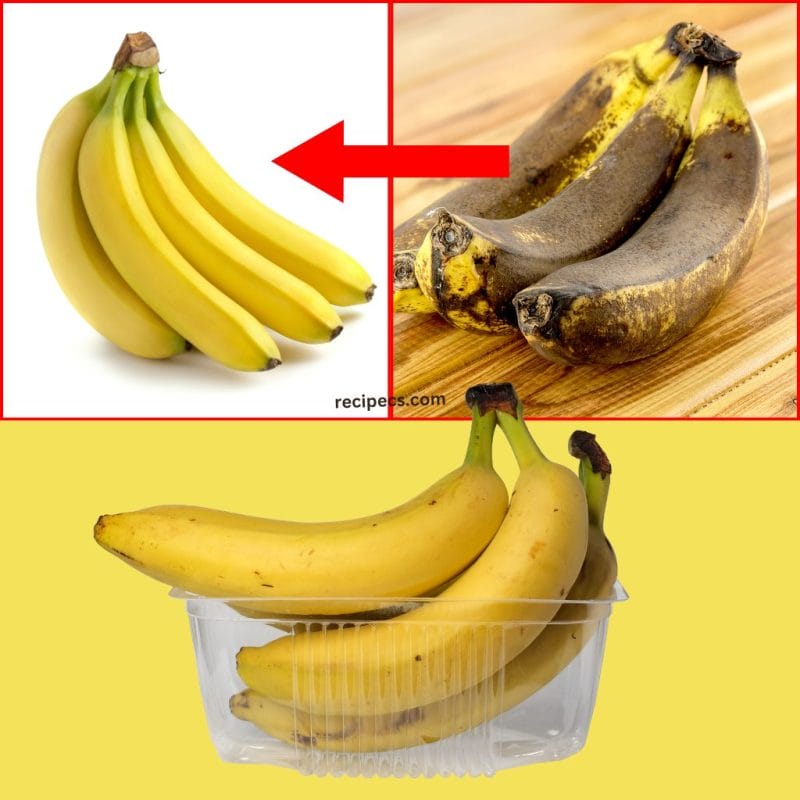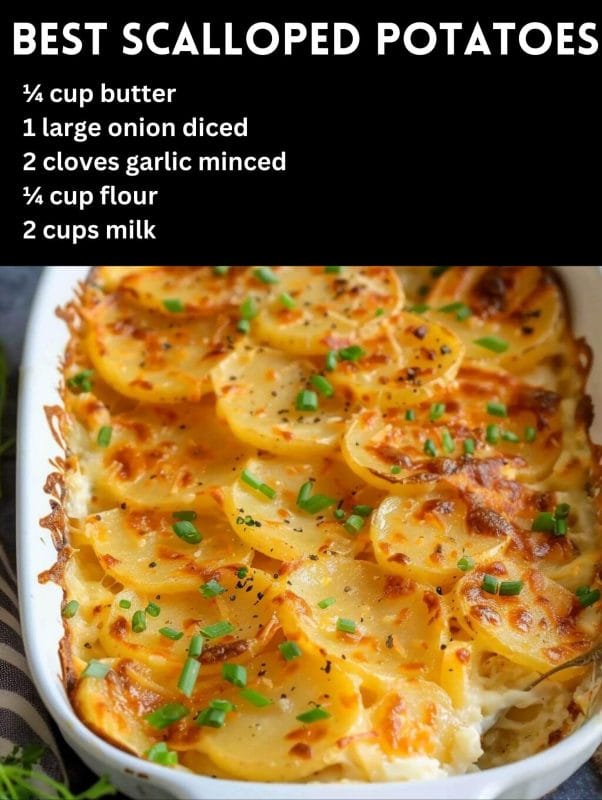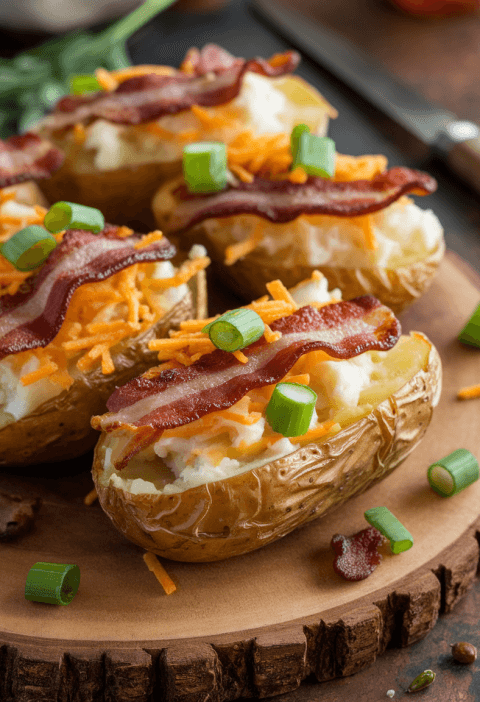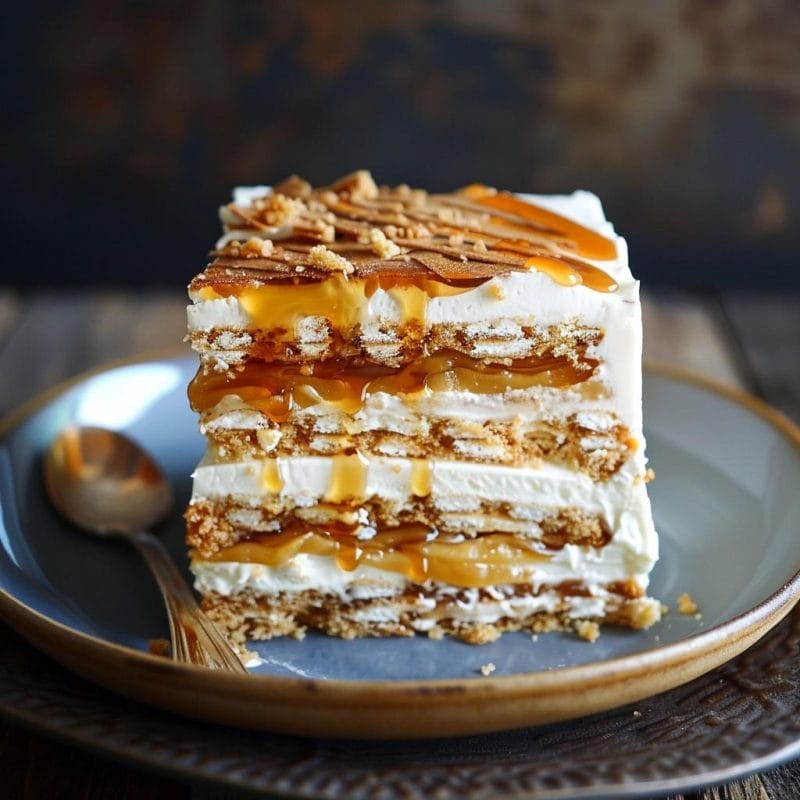Would you like to save this?
We'll email this post to you, so you can come back to it later!
Bananas are one of those quintessential fruits that seem to have a way of showing up in every household. Whether you’re munching on them for a quick snack, blending them into a smoothie, or using them in baking, bananas are both versatile and nutritious. But there’s a common frustration many of us face: bananas going from perfectly ripe to overripe, and eventually, black and rotten, often within just a few days. The inevitable fruit fly invasion and unpleasant odor make you wonder if there’s any hope of prolonging their freshness.
I remember vividly the days when my family would buy a bunch of bananas with the best intentions, only to find them overripe and mushy a few days later. The waste of good fruit always seemed like such a shame. But then, I discovered a simple yet ingenious method to extend the shelf life of bananas, allowing them to stay fresh for up to two years. This discovery was a game-changer, saving money and reducing food waste in our household. Now, I’m thrilled to share this practical technique with you.
The Problem with Rotten Bananas
Bananas are climacteric fruits, which means they continue to ripen after being harvested. This ripening process is driven by ethylene gas, a natural hormone released by the fruit. While this hormone is essential for the ripening process, it also means that bananas can quickly go from a vibrant yellow to a sad, blackened state if not managed properly.
As bananas ripen, their starches convert to sugars, which causes the fruit to become softer and sweeter. However, once the ripening process accelerates, the bananas start to break down, leading to a mushy texture and fermented smell. This rapid deterioration can make bananas unappealing to eat, often resulting in them being discarded, which contributes to food waste.
The Method to Extend Banana Shelf Life
Fortunately, you don’t have to resign yourself to a week of overripe bananas. With a simple method involving plastic wrap, you can keep your bananas fresh for an extended period. Here’s a detailed guide on how to make this work for you:
Ingredients and Tools:
Bananas (fresh)
Plastic wrap or plastic bags
Scissors (for cutting plastic wrap)
A fruit bowl or counter space
Instructions:
Step 1: Separate the Bananas
If you have a bunch of bananas, gently separate them. This step is crucial because when bananas are kept together, they produce and trap ethylene gas, which accelerates ripening. By separating them, you help reduce the amount of ethylene gas in the immediate area around each banana, slowing down the ripening process.
Inspect the Bunch: Look at the bunch of bananas and identify where you can gently pull them apart.
Separate Carefully: Use your hands to gently separate each banana from the bunch. Be careful not to bruise them.
Step 2: Wrap the Stems
The next step is to address the source of ethylene gas: the stems. By wrapping the stems, you create a barrier that helps to slow down the release of this gas.
Cut Plastic Wrap: Cut small pieces of plastic wrap, large enough to cover the stems of each banana.
Wrap the Stems: Take each banana and tightly wrap the plastic around its stem. Ensure that the wrap is secure but not so tight that it bruises the banana.
Step 3: Store at Room Temperature
With the stems wrapped, the bananas are now ready to be stored.
Find a Suitable Spot: Place the wrapped bananas in a fruit bowl or on a counter. Avoid placing them in the refrigerator, as bananas are sensitive to cold temperatures, which can cause their skin to turn brown or black.
Maintain Room Temperature: Keep them at room temperature, ideally in a cool, dry place. Avoid areas with direct sunlight or excessive heat, as these conditions can also accelerate ripening.
Step 4: Check Regularly
Regularly monitoring your bananas is important to ensure they are ripening at the desired rate.
Inspect the Bananas: Check the bananas daily to gauge their ripeness. If they reach your preferred level of ripeness, you can remove the plastic wrap.
Adjust as Needed: If you find that they are ripening too quickly, you can reapply the plastic wrap to slow down the process further.
Why Does This Method Work?
The effectiveness of this method lies in its ability to control ethylene gas exposure. By wrapping the stems, you reduce the amount of ethylene gas that is released into the air around the bananas, thereby slowing down the ripening process. Additionally, separating the bananas prevents the accumulation of ethylene gas in one area, further extending their freshness.
This method is particularly useful because it allows you to enjoy fresh bananas for a longer period without resorting to refrigeration, which can adversely affect their texture and flavor.
Variations and Substitutions
While the plastic wrap method is highly effective, there are other techniques and considerations you might explore:
Use Produce Bags: Instead of plastic wrap, you can use produce bags or silicone bags to wrap the stems. These alternatives can be more environmentally friendly and are reusable.
Refrigerate Overripe Bananas: If you find that your bananas are getting overly ripe faster than expected, you can refrigerate them temporarily. The cold will slow down the ripening process, but be aware that the skin may darken.
Freeze for Long-Term Storage: For long-term storage, consider freezing bananas. Peel them and place them in a freezer-safe bag. Frozen bananas are perfect for smoothies and baking.
Conclusion
The plastic wrap method is a simple yet effective way to keep bananas fresh for up to two years, reducing waste and saving money. By wrapping the stems and separating the bananas, you can significantly slow down the ripening process, allowing you to enjoy your bananas at their best for a much longer time.
This technique not only helps in managing your fruit consumption better but also supports a more sustainable approach to food storage. Whether you’re a banana lover or just looking for a way to extend the life of your produce, this method is a game-changer.
So next time you buy a bunch of bananas, remember this easy trick. Not only will you have fresher bananas for longer, but you’ll also feel good about reducing food waste and making the most out of your fruit. Enjoy the satisfaction of perfectly ripe bananas and a more organized kitchen!







